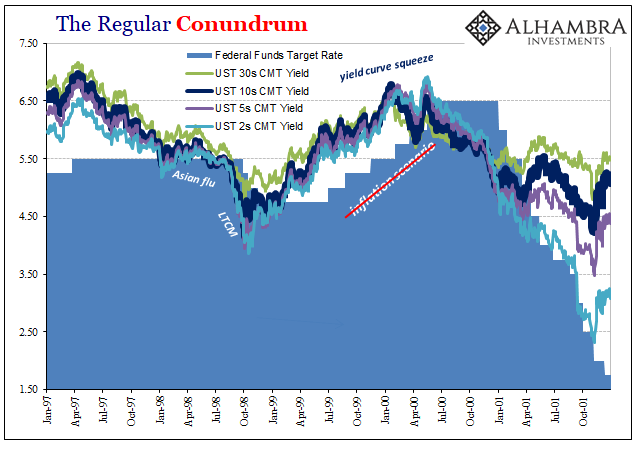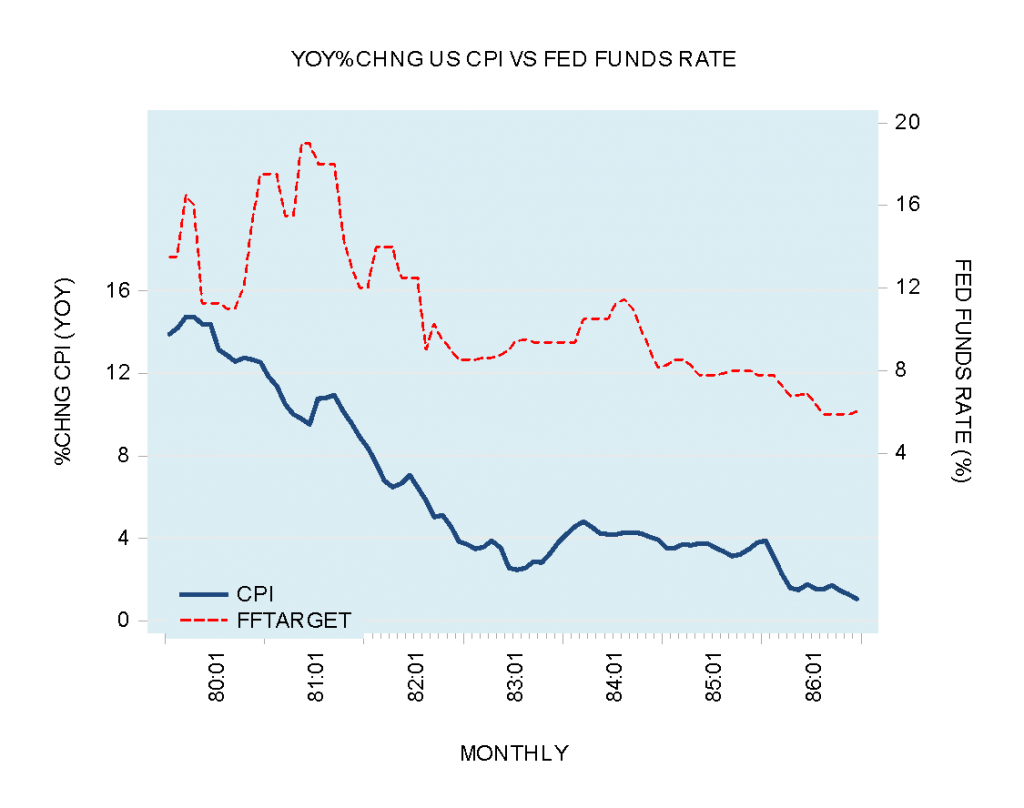Most economists concur with the view that what keeps the economy going is consumption expenditure. Furthermore, it is generally held that spending rather than individual saving is the essential condition for production and prosperity.
Savings is seen to be detrimental to economic activity as it weakens the potential demand for goods and services.
In this framework of thinking, economic activity is depicted as a circular flow of money. Spending by one individual becomes part of the earnings of another individual, and spending by another individual becomes part of the first individual’s earnings.
If however, people become less confident about the future it is held they will cut back on their outlays and hoard more money. Therefore, once an individual spends less, this worsens the situation of some other individual, who in turn also cuts his spending.
A vicious circle emerges– the decline in people’s confidence causes them to spend less and to hoard more money. This lowers economic activity further, thereby causing people to hoard more etc. The cure for this, it is argued, is for the central bank to pump money.
By putting more cash in people’s hands, consumer confidence will increase, people will then spend more and the circular flow of money will reassert itself.
All this sounds very appealing and various surveys of business activity show that during a recession businesses emphasize the lack of consumer demand as the major factor behind their poor performances.
Notwithstanding this, can demand by itself generate economic growth? Furthermore, nothing is said here about goods and services – are we to take them for granted? Are they always around and all that is required is to have demand for them?
It would appear that what impedes economic prosperity is the scarcity of demand. However, is it possible for the general demand for goods and services to be scarce?
Scarcity of means thwarts demand
Most people want as many things as one could think of. However, what thwarts their demand is the availability of means.
Hence, there can never be a problem with demand as such, but with the means to accommodate demand. In the real world, one has to become a producer before one can demand goods and services. It is necessary to produce some useful goods that can be exchanged for other goods.
For instance, when a baker produces bread, he doesn’t produce everything for his own consumption. Most of the bread he produces is exchanged for the goods and services of other producers, implying that through the production of bread the baker exercises his demand for other goods.
His demand is fully covered i.e. funded by the bread that he has produced.
Demand cannot stand by itself and be independent, it is limited by prior production – it is the production of bread that permits the baker to procure various goods and services. Bread is the baker’s means of payment.
What limits the production growth of goods is the introduction of better tools and machinery i.e. capital goods, which raises workers productivity. Tools and machinery, are not readily available, they must be made.
In order to make them, people must allocate consumer goods that will sustain those individuals engaged in the production of tools and machinery. The allocation of consumer goods is what savings is all about.
Note that savings become possible once some individuals have agreed to transfer some of their present goods to individuals that are engaged in the production of tools and machinery. Obviously, they do not transfer these goods for free, but in return for a greater quantity of goods in the future. Since saving enables the production of capital goods, obviously saving is at the heart of the economic growth that raises people’s living standards.
Money and saving – what is the relationship?
The introduction of money into our discussion will not alter the essence of what saving is all about. Money fulfils the role of the medium of exchange. It enables the produce of one producer to be exchanged for the produce of another producer.
Observe that while money serves as the medium of exchange, it does not produce goods and services, it only enables goods and services to be exchanged.
Also, in the money economy the ultimate payment is with real goods and services for other real goods and services.
A baker exchanges his bread for money and then employs the obtained money to buy other goods and services, implying that he pays with his bread for other goods and services. Money only facilitates this payment.
Another important role of money is to facilitate the channeling of savings. In the world of barter, perishable goods are difficult to save for long periods. These difficulties are resolved by the money economy.
When a baker sells his bread for $1 to a shoemaker, he has in fact supplied the shoemaker with his saved i.e. unconsumed, bread.
The supplied bread is going to sustain the shoemaker and allow him to continue making shoes. Note that money received by the baker is fully supported by his saved bread.
Being the medium of exchange, money enables the baker to secure goods sometime in the future, whenever he requires them.
Through money, people channel real savings, which permit economic activity to take place. The exchange of real saving for money of one individual supports the production of another individual, who in turn by exchanging his real saving for money, supports a third individual.
Likewise, when a company issues stocks or bonds, the money received for these financial instruments enables the company to obtain real savings which in turn will enable it to pursue its planned objectives.
In this way, money enables real savings to permeate across the economy and lift the pace of production of goods and services. Note that we do not save money as such but employ money to facilitate i.e. the channeling of real savings.
When an individual hoards money, he does not save money but rather exercises his demand for money. Exercising demand for money can never be bad news as popular thinking has us believe.
Contrary to popular thinking then, saving does not weaken aggregate spending; on the contrary, it reinforces it. Note however, whilst savings are an important factor in fueling economic growth, for them to become effective they must be properly employed.
Money printing and economic growth
When money is printed i.e. created “out of thin air” by the central bank it sets in motion an exchange of nothing for money and then money for something i.e. an exchange of nothing for something.
An exchange of nothing for something amounts to consumption that is not supported by production. Since every activity has to be funded, it follows that an increase in consumption that is not supported by production must divert funding from wealth generating activities.
This in turn diminishes the flow of real savings to the producers of wealth, which weakens the flow of production i.e. sets in motion an economic recession.
For instance, when money “out of thin air” gives rise to consumption that is not supported by a preceding production, it lowers the amount of real savings that supports the production of goods and services of the first wealth producer.
This in turn undermines his production of goods, thereby weakening his effective demand for the goods of another wealth producer.
The other producer is in turn forced to curtail his production of goods thereby weakening his effective demand for the goods of a third wealth producer. In this way money “out of thin air”, which destroys savings sets up the dynamics of the consequent shrinkage of the production flow.
Observe that what has weakened the demand for goods is not the sudden capricious behaviour of consumers, but the monetary injections of the central bank that has weakened effective demand.
Every dollar created “out of thin air” amounts to a corresponding dissaving by that amount. It must be emphasized that as long as the pool of real savings is expanding the central bank and government officials can give the impression that loose monetary and fiscal policies drive the economy, this illusion is shattered once the pool becomes stagnant or declining.
Conclusion
What enables the expansion of the flow of production of goods and services is savings and not demand. It is through savings, which give rise to production, that demand for goods can be exercised.
No effective demand can take place without prior production. If it were otherwise then poverty in the world would have been eradicated a long time ago.
After all, every individual aspires to have a good and comfortable life. What always thwarts these aspirations are the means that have to be produced.
Any attempt to create an illusion that people’s wishes somehow could be accommodated through the monetary presses is sooner or later shattered by the facts of reality, that it is not possible to get something out of nothing.



Sir, you wrote:
‘An exchange of nothing for something amounts to consumption that is not supported by production. Since every activity has to be funded, it follows that an increase in consumption that is not supported by production must divert funding from wealth generating activities.’
This is not necessarily the case. New money must be created but who benefits depends upon who gets to spend it.
If it is funding a government budget deficit we all get it.
If we all get some by direct gift for example, or idirectly through a reduction in VAT then we all get some free goods and services from each other. You give me and I give you, so to speak.
The conclusion is also wrong. People were always exchanging goods and services. They had already ploughed the land and built their homes without savings. Money just speeded it all up and bank loans from savings increased the speed of capital formation and production.
The big problems of today come from the instability of the financial services contracts that are not designed properly to transfer wealth per month instead of money per month.
If they are redesigned properly then the repayment volatility will go away and everything will settle down – except international trade due to a false market in Forex. That can also be dealt with.
After that it is important to stop management of interest rates and to create a tight grip upon the stock of money circulating MC, not M. While that is not completely achieveable deposits can be auctioned by the central bank and lenders can become deposit taking institutions. They can be told never to lend the same money two or more times at a time by having lent money posted to a separate page on their bank balance spreadsheet. When repaid it goes back to the first (unlent money) page.
It is all there in my book on how to end the world’s financial chaos.